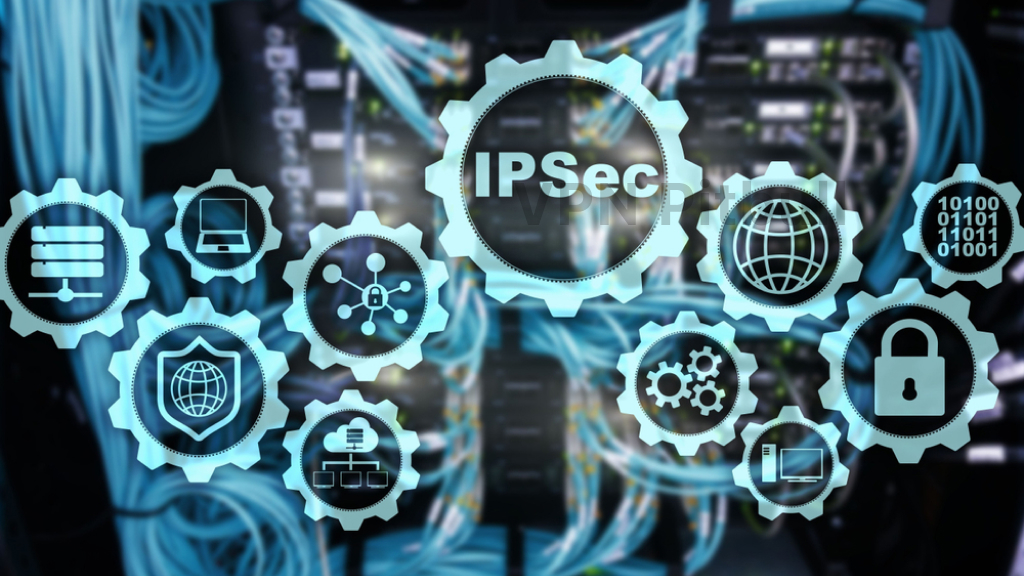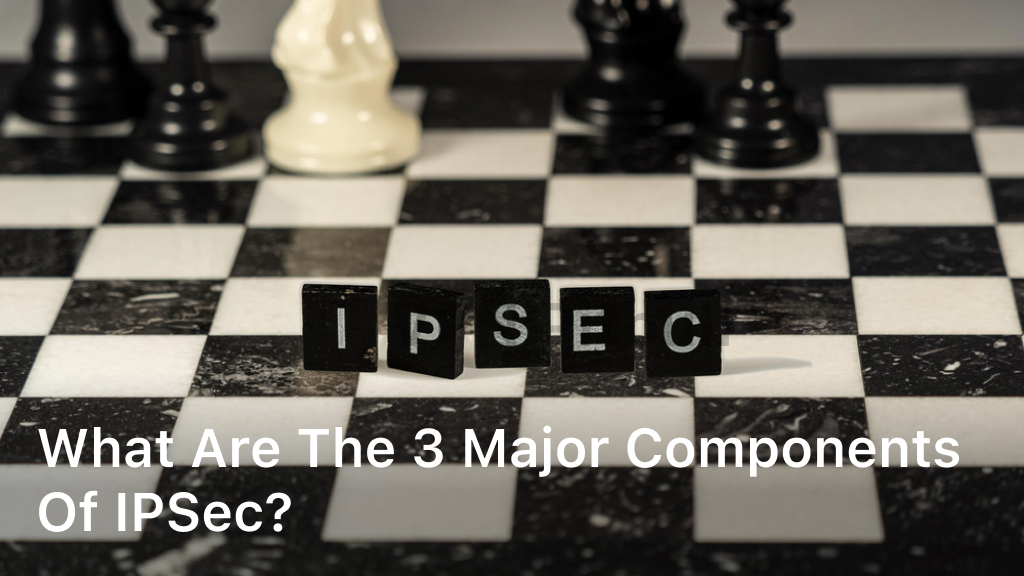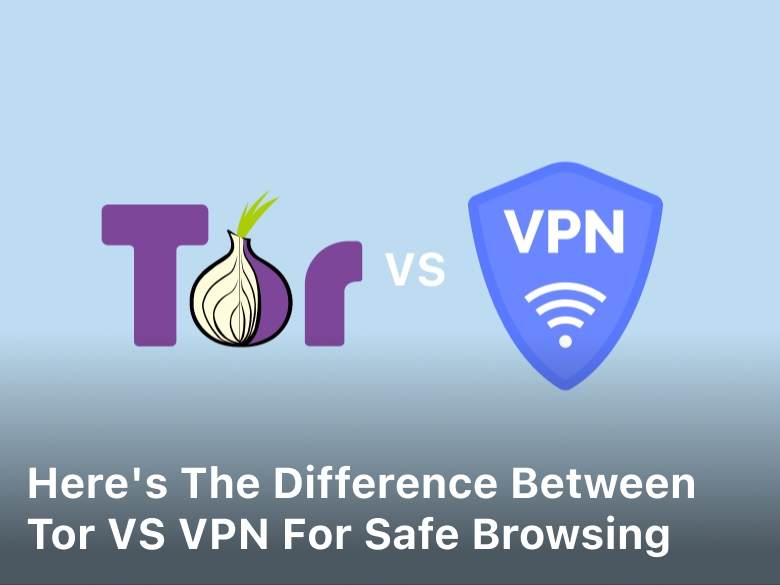What are The 3 major Components of IPSec?
If you’re setting up a virtual private network (VPN), it’s crucial to understand the major components of IPSec, one of the most widely used internet protocol security protocols. IPSec is a set of protocols designed to secure communication over the internet by providing encryption, authentication, and key management services. In this section, we will explore the three major components of IPSec that are essential for secure VPN communication online.
By understanding the major components of IPSec and how they work together, you can ensure a robust IPSec policy for your VPN network, protecting your sensitive information from unauthorized access and ensuring secure communication between two devices or networks. So, let’s dive in and learn the details!

Encryption
Encryption is a critical component of IPSec, ensuring secure communication over the network. IPSec uses advanced encryption algorithms like AES and DES to transform data into ciphertext, thereby preventing unauthorized access and ensuring confidentiality. IPSec encryption provides end-to-end encryption, securing data transmission from source to destination, and making it impossible for third-party entities to intercept and comprehend the data. With IPSec’s robust encryption algorithms, businesses and individuals can safely communicate sensitive information over the internet.
Authentication
IPSec utilizes authentication methods to verify the identities of communicating parties in a connection. This ensures only authorized users and devices can access the network, minimizing unauthorized access to sensitive information.
Authentication in IPSec occurs through a variety of methods, including digital certificates, pre-shared keys, and public keys. Digital certificates and public keys employ a certificate authority (CA) to verify the identities of communicating devices or users, while pre-shared keys allow parties to authenticate using a shared secret.
Effective authentication is a crucial component of secure communication, as it prevents unauthorized access and ensures the integrity of data transmitted over the network. For this reason, it is essential to implement strong authentication methods as part of your IPSec policy to safeguard your VPN network.
Key Management
Key management is a crucial component of IPSec responsible for generating, distributing, and maintaining the cryptographic keys used for encryption and authentication in IPSec. Strong keys are essential for protecting VPN communications against potential cyber threats.
There are different methods of generating and distributing keys, with some requiring manual intervention, while others automatically create keys as needed.
Proper key management practices ensure the integrity and security of IPSec communication. It is important to have a process in place for replacing keys periodically to minimize the risk of a compromised key being used for an extended period.
Organizations that require high-level security should use a dedicated key management system for creating and managing keys.
Tunneling
IPSec employs tunneling to create a secure communication channel between two devices or networks. The tunneling process involves encapsulating IP packets within another IP packet, providing an additional layer of security that helps prevent unauthorized access to sensitive information. Tunneling also provides anonymity to the communicating parties and ensures that the data transmitted remains confidential.
IPSec Headers and Security Associations
When transmitting data over the internet, IPSec adds headers to IP packets that contain information necessary for secure communication. These headers, which are defined by the IPSec protocol, contain security parameters, such as the type of encryption used, and cryptographic information related to the communication session.
One of the critical components of IPSec is the security association (SA), which defines the rules, parameters, and encryption algorithms used to secure the communication session. Security associations establish how the different components of IPSec interact to provide a secure connection. This includes the encryption and authentication protocols used, the lifetime of the session, and the keys or certificates used to protect the session.
The security associations are established by using protocols such as Internet Key Exchange (IKE), which enables the devices to agree upon the protection parameters, including the cryptographic keys to be used for communication. Once the security associations are created, the devices involved in the IPSec connection can start communicating securely by using the agreed security protocols.
Therefore, IPSec headers, in conjunction with security associations, provide the necessary information and encryption algorithms to secure communication sessions. Setting up appropriate security associations per a defined IPSec policy is essential for maintaining a safe VPN network.
Conclusion
As we have seen, understanding the major components of IPSec is crucial for building a robust IPSec policy for your VPN network. Encryption algorithms, authentication methods, key management, tunneling, IPSec headers, and security associations work together to provide secure and reliable VPN communication.
By implementing these components, you can protect your sensitive information from unauthorized access, ensure the confidentiality and integrity of your data, and prevent cyber-attacks on your network. It is essential to follow best security practices and regularly update your IPSec policy to stay ahead of emerging threats to your VPN.
In summary, IPSec is a powerful security protocol that provides comprehensive protection for your network and your data. By incorporating the major components of IPSec, you can create a safe and secure environment for your online communication, protecting your business from cyber threats.
Thank you for reading this article. We hope you found it informative and helpful. Stay safe, and secure your network today!
FAQ
What are the three major components of IPSec?
The three major components of IPSec are encryption, authentication, and key management. Encryption ensures the confidentiality of data, authentication verifies the identities of communicating parties, and key management handles the generation and distribution of cryptographic keys.
How does encryption work in IPSec?
Encryption in IPSec involves the use of robust encryption algorithms to convert plaintext data into ciphertext, making it unreadable to unauthorized entities. This ensures the confidentiality of data transmitted over the network, providing secure communication.
What is the role of authentication in IPSec?
Authentication in IPSec verifies the identities of communicating parties in a connection. It ensures that only authorized users or devices can access the network, preventing unauthorized access to sensitive information. Authentication methods, such as digital certificates or pre-shared keys, are used to establish trust between the parties.
What is key management in IPSec?
Key management in IPSec is responsible for generating, distributing, and maintaining the cryptographic keys used for encryption and authentication. Proper key management practices ensure the integrity and security of IPSec communication, as compromised keys can lead to security breaches.
How does tunneling work in IPSec?
IPSec uses tunneling to encapsulate IP packets within another IP packet, creating a secure communication channel between two devices or networks. Tunneling helps protect data from unauthorized access and provides anonymity to the communicating parties by placing the original IP packet inside a new IP packet with IPSec headers.
What are IPSec headers and security associations?
IPSec adds headers to IP packets to provide the necessary information for secure communication. These headers contain security parameters and cryptographic information. Security associations, on the other hand, define the rules, parameters, and encryption algorithms used in an IPSec connection, ensuring consistency and interoperability between the communicating parties.




